Cornwall ist wild und gleichzeitig lieblich und mild. Cornwall ist vielseitig und sehr speziell. Und für Cornwall brauchst du Zeit – lohnt sich das…?
Page Contents (click line to jump the text)
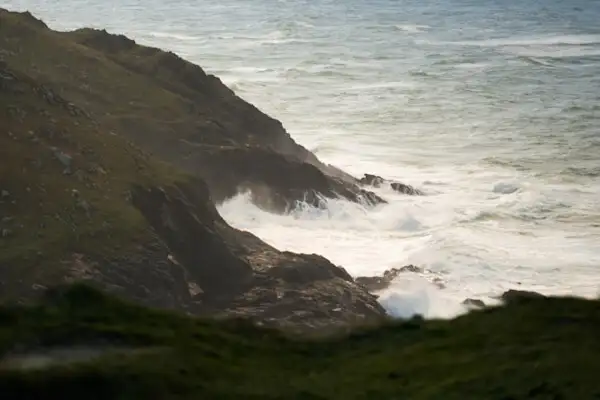
Intro
Yes, and with that I’ve actually summarised everything in the first sentence – not exactly clever if you want to tell something – I know…
So how about we both just start again from the beginning: It was around mid-December and my wife and I were transferring our new (second-hand) motorhome to Ireland.
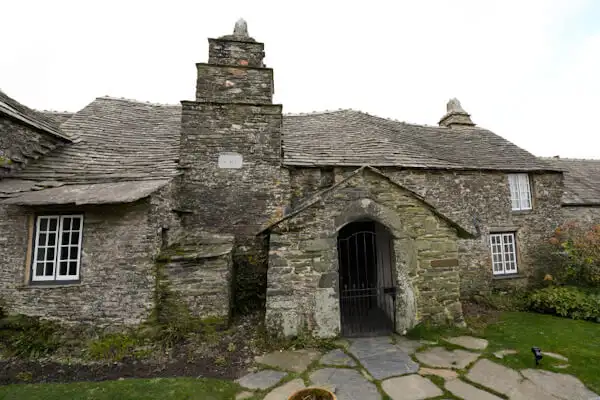
We had a few days to spare and wanted to take a diversion to see Cornwall. Storm ‘Darragh’ with wind speeds of up to 120kmh (75mph) raged across the islands in the Atlantic and forced us to take a short break in Plymouth – you can find my article on this linked at the bottom.
With ‘only’ 60-80kmh winds we continued our journey and left Plymouth to the west. Even the journey over the Tamar Bridge was spectacular. High above the river we had great views over the beautiful river landscape.
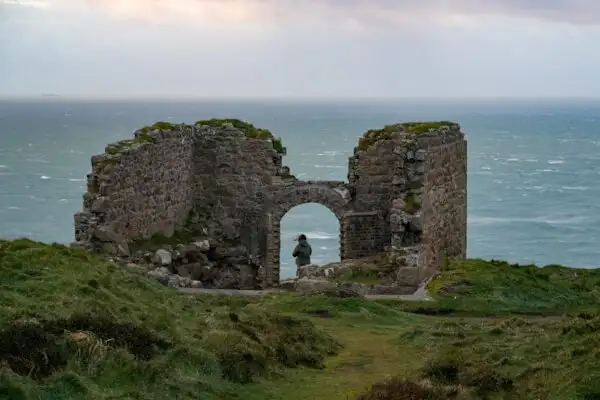
There was no chance of taking photos, as there was nowhere to stop and I had to concentrate hard to keep the motorhome on course as it swayed in the wind. Cornwall officially begins on the west bank of the River Tamar…
What we saw and visited in Cornwall
We rolled over incredibly hilly and beautiful roads to Truro. The old town in the centre of Cornwall is the administrative centre of the region and the only town in Cornwall that is officially recognised as a city. All other places are towns. To cut a long story short: Truro is a beautiful little town! I’ve also included a link to my article about it at the bottom of this page.
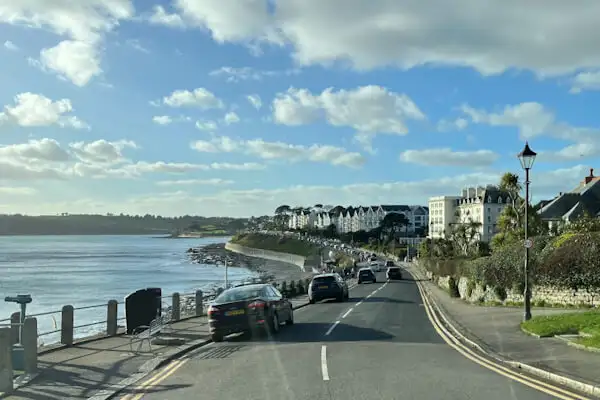
We then travelled along the south coast of Cornwall to Falmouth. This small harbour town is certainly one of the tourist highlights in summer. Now in winter, there were more locals on the streets than tourists. For me, Falmouth epitomises the mild side of Cornwall.
It seems to be quite sheltered from the westerly winds by a range of hills and so the mild climate here in the south-west can fully unfold its charm. The French coast is not that far away. You can see palm trees growing everywhere in Cornwall, but here in Falmouth you can see hundreds of them – at least!
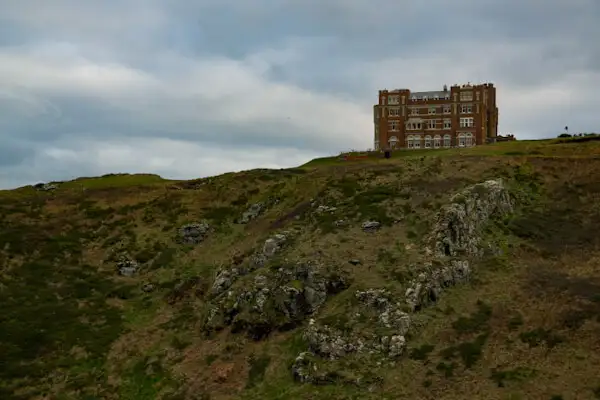
Beautiful streets with many old buildings, well-tended gardens and lush greenery everywhere are almost more reminiscent of the French Mediterranean than the English Channel or the Irish Sea. Falmouth is therefore a very, very beautiful seaside resort in the south of Cornwall.
Speaking of France: St Michael’s Mount near Penzance is very reminiscent of Mont Saint Michel in Normandy, France: in the middle of the sand stands a rock with a fortress and a few houses on top. At low tide, they can be reached via a narrow cobbled path. A fantastic beach and a super exciting island!
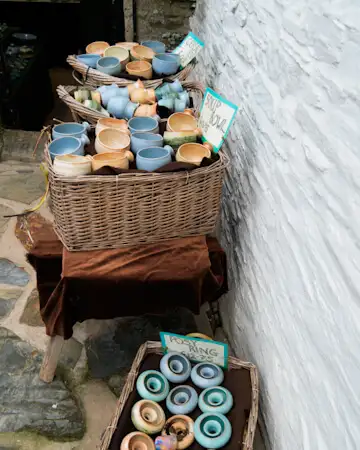
We then travelled on to the west coast of Cornwall via the beautiful harbour town of Penzance. We would have loved to have travelled all the way around the south-western tip of Cornwall, but we didn’t have enough time.
The wild south-west coast of Cornwall is much rougher than the milder east. Here, the westerly winds of the Irish Sea lash against the high cliffs of Cornwall. The mines known from the television series Poldark are also located on this coast.
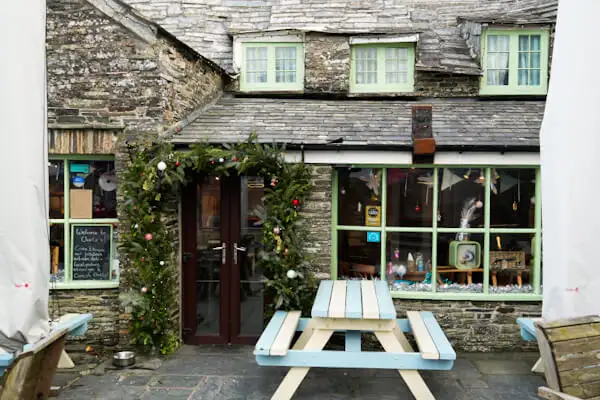
The Crown Engine Houses in Botallack are particularly spectacular. It’s hard to imagine that people used to drive kilometres of tunnels under the sea here with picks and shovels to mine tin.
The small coastal road B3306 then led us from Botallak to St Ives. The road winds its way up through the rugged hills and moors and offers incredibly beautiful views of the sea! However, it is very narrow, partly single-lane and very winding.
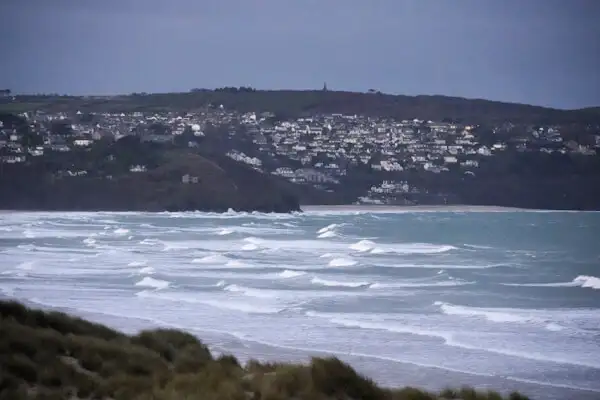
Not easy with a motorhome that is too big in a storm in winter. But if there are a lot of tourists here in summer, I wouldn’t recommend travelling this road in a motorhome.
St Ives has a good reputation as a beautiful place, but it’s not easy to get to. Situated on a steep hill above the sea, the roads are tiny and according to the signs you have to park outside and then walk down to the sea. Maybe there are shuttles in summer, but we drove further north along the coast.
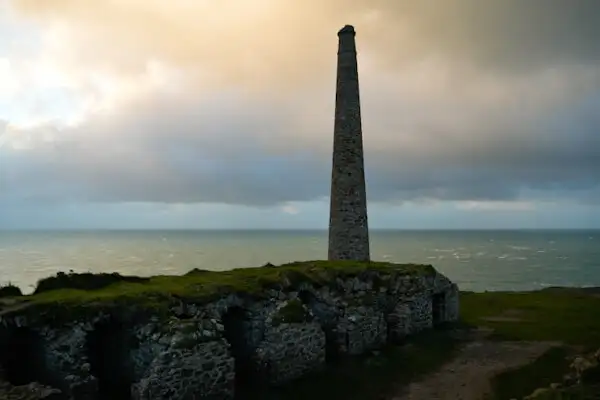
The huge sandy beaches in front of Godrevy Lighthouse and Godrevy Point are very beautiful. Here the landscape is flatter and the beaches of the finest white sand seem endless.
Tintagel obviously lives from the tourism around Tintagel Castle and this lives from the legend of King Arthur. A historical king, who was possibly Arthur’s historical role model, once lived here a long time ago. His castle was spectacularly situated high on a rock off the mainland, only accessible via a small bridge over the foaming waters of the sea.
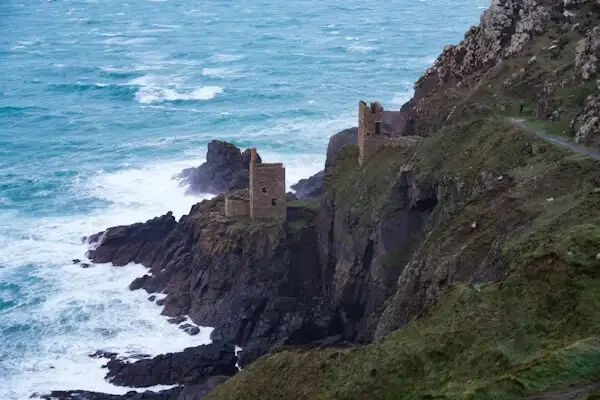
Today there are two bridges and only a few remains of the once mighty castle can still be seen, which was a little sobering – but well…it was still a nice stopover.
We then followed the coast road further north to Bristol and took the ferry from Pembroke in South Wales to Rosslare in south-east Ireland in the middle of the night. It was the first ferry to leave on schedule after the storm – lucky us!
Sightseeing in Cornwall
St Michael’s Mount
A small island with an impressive medieval castle and beautiful gardens, accessible via a causeway at low tide. See: https://stmichaelsmount.co.uk.
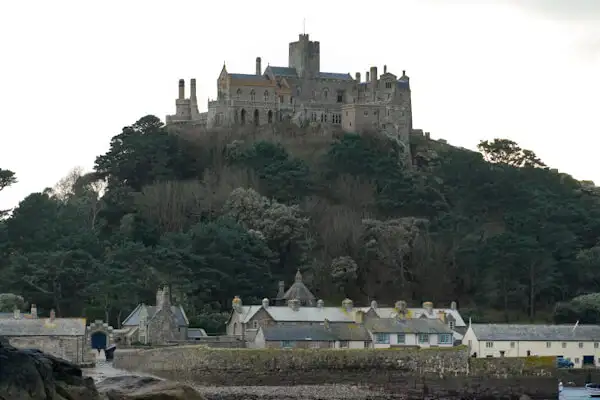
Eden Project
A huge botanical garden with futuristic geodesic domes that house different climate zones and plant worlds. See: https://www.edenproject.com.
Land’s End
The most westerly point in England with dramatic cliffs and breathtaking views of the sea. See: https://landsend-landmark.co.uk.
Minack Theatre
An open-air theatre built into the cliffs by the sea, famous for its spectacular performances and views. See: https://www.minack.com.
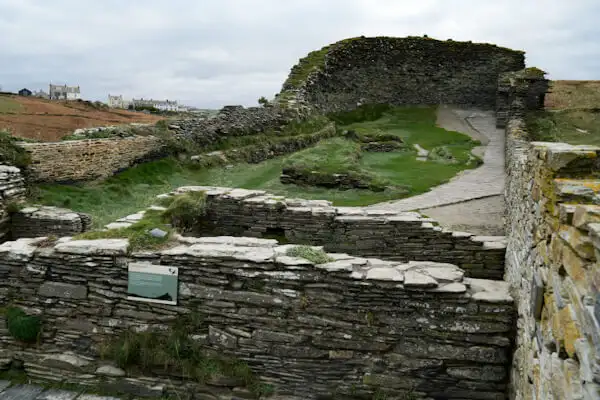
Tintagel Castle
A mystical ruin on the coast associated with the legend of King Arthur and Camelot. See: https://www.english-heritage.org.uk/visit/places/tintagel-castle.
St Ives
A charming seaside town known for its arts scene, golden sandy beaches and picturesque lanes. See: https://www.visitcornwall.com/destinations/st-ives.
The Lizard Point
The most southerly point of the British mainland with dramatic cliffs and beautiful coastal scenery. See: https://www.visitcornwall.com/regions/the-lizard.
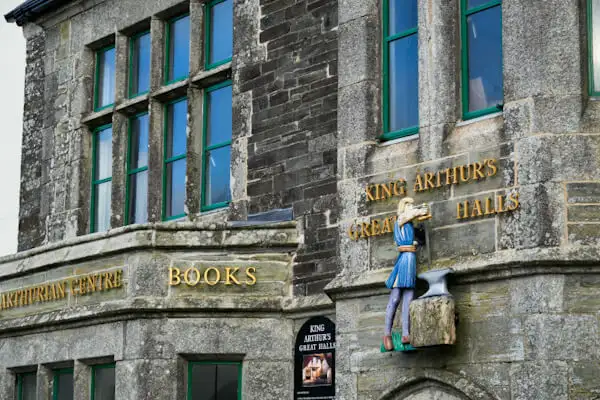
Truro Cathedral
An imposing neo-Gothic cathedral in the capital of Cornwall, Truro, with stunning architecture. See: https://www.trurocathedral.org.uk.
The Lost Gardens of Heligan
A historic garden that has been rediscovered and restored after years of neglect. It is one of the most fascinating botanical gardens in the UK. See: https://www.heligan.com.
Pendennis Castle
A well-preserved fortress from the Tudor period that offers great views of the coast. See: https://www.english-heritage.org.uk/visit/places/pendennis-castle.
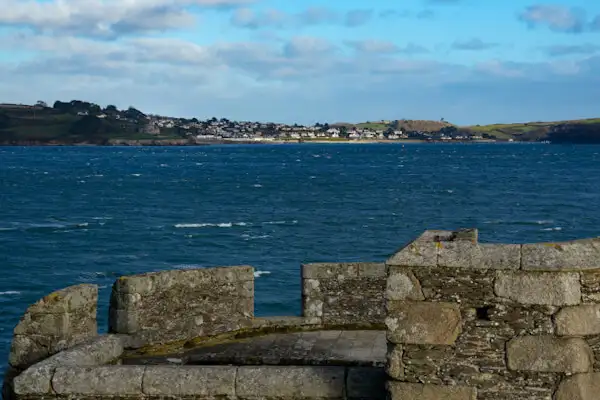
Falmouth
A picturesque harbour town with numerous museums, including the National Maritime Museum Cornwall, and beautiful beaches. See: https://www.falmouth.co.uk.
Bodmin Moor
A wild upland area in the heart of Cornwall. Ideal for walking and nature watching. There are also prehistoric stone tombs, stone circles and other artefacts. See: https://www.visitcornwall.com/regions/bodmin-moor.
Penzance
A historic seaside town known for its Georgian architecture and as the gateway to the Isles of Scilly. See: https://lovepenzance.co.uk.
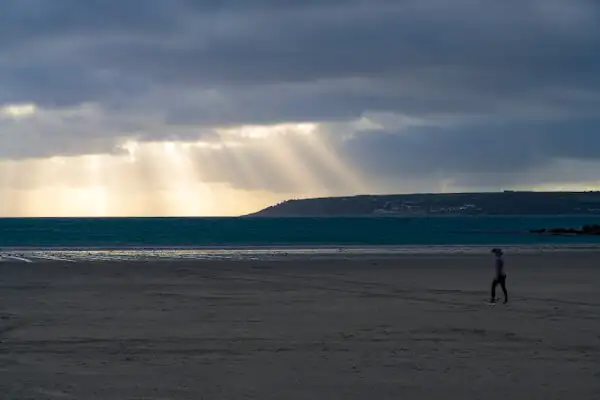
Newquay
A popular seaside resort and surfing hotspot, known for its beaches and nightlife. See: https://www.visitnewquay.org.
Mullion Cove
A picturesque harbour with breathtaking views of the sea, surrounded by dramatic cliffs. See: https://www.nationaltrust.org.uk/visit/cornwall/mullion-cove.
The Trelissick Gardens
A beautiful garden set in the centre of the Fal River Valley and home to a wide variety of plants. See: https://www.nationaltrust.org.uk/visit/cornwall/trelissick.

Lanhydrock House
A magnificent Victorian country house with beautiful gardens and parkland, offering an insight into the life of the British aristocracy. See: https://www.nationaltrust.org.uk/visit/cornwall/lanhydrock.
Fowey
A charming harbour town with narrow streets and picturesque views of the river and sea. See: https://www.visitcornwall.com/destinations/fowey.
Brief history of Cornwall
Cornwall is located in the far south-west of England and, like Wales, the Isle of Man and Scotland, is one of the parts of Great Britain that were originally settled and independent by the Celts. Archaeological finds prove that the area was inhabited as early as the Neolithic period and there are numerous remains of prehistoric settlements, including menhirs and standing stones.
With the Roman conquest of Britain in the first century AD, Cornwall remained largely untouched as it was at the very edge of the Roman Empire. However, after the fall of the Roman Empire and the incorporation of the region into the Kingdom of Wessex in the 9th century, Cornwall retained many of its Celtic traditions and its own language, Cornish.
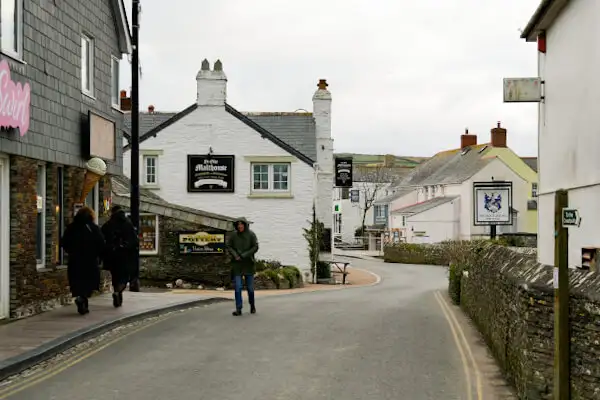
In the Middle Ages, Cornwall was often the scene of conflicts between the Cornish chieftains and the English kings. In the 10th century, Wessex succeeded in largely subjugating Cornwall and it was integrated into the English crown. Despite this political incorporation, Cornwall remained a culturally distinct region for centuries.
In the 12th century in particular, the region took part in the Kingdom of England’s growing interest in resources, especially tin and copper. This led to an economic boom and Cornwall’s increasing importance in the history of England.
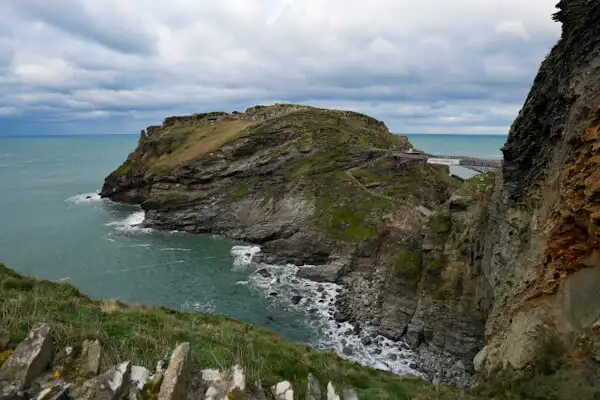
The region experienced an economic boom in the 18th and 19th centuries due to the mining and extraction of tin. This was followed by the decline of the no longer profitable tin mines in the 18th and 19th centuries, when other European countries developed more favourable sources.
During the 19th century and early modern period, Cornwall was heavily characterised by merchant shipping, agriculture and fishing. Today, Cornwall is one of the UK’s best-known tourist destinations while retaining many of its historical traditions, both in terms of its special architecture and the Cornish (Celtic) language, which is still actively maintained.
Practical travel tips for Cornwall
The best time to visit Cornwall is probably between April and September. But then Cornwall is also very busy, as you won’t be the only tourist there.
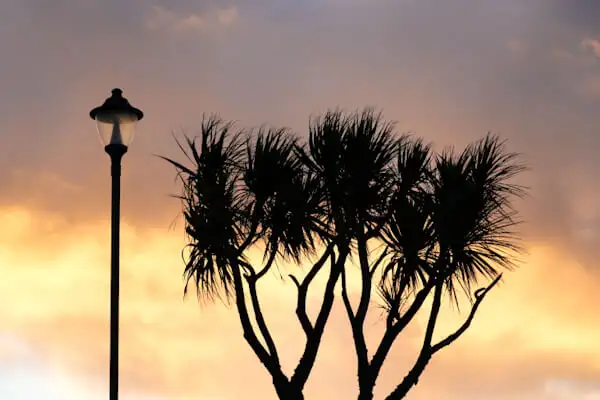
Due to the mild climate in the south-west of England, you can also visit Cornwall in the winter months. The cliffs and beaches are just as beautiful then, as are the towns, but there is much less going on.
The long journey to the south-west should not be underestimated. You should allow at least a week so that you don’t have to cut your journey short before you reach the most beautiful last corner.
Drive quickly all the way to the south-west and then take your time to enjoy the most beautiful part of Cornwall and its many special places and sights.
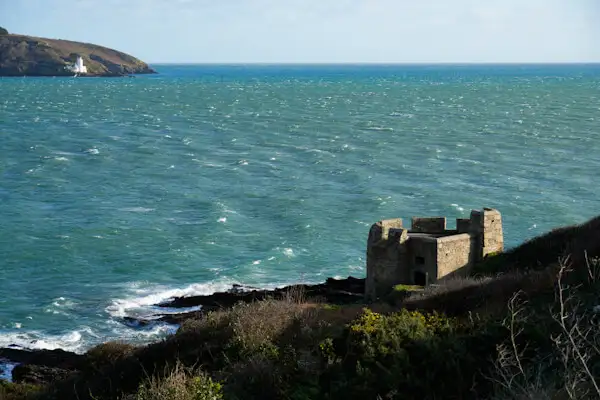
Conclusion
We had far too little time for Cornwall, but were very happy to have seen it for at least a few days. The landscape is beautiful, both inland and on the milder south coast, as well as on the wilder west coast.
There are wonderful towns and cities to discover here, delicious food and many beautiful sights.
You can follow the small roads for days to discover a gem of a fishing village or a historic village in a small bay again and again. In general, we found the towns in Cornwall to be remarkably clean and well-organised – simply beautiful!
We’ll definitely be coming back to Cornwall – we’re determined to do so!
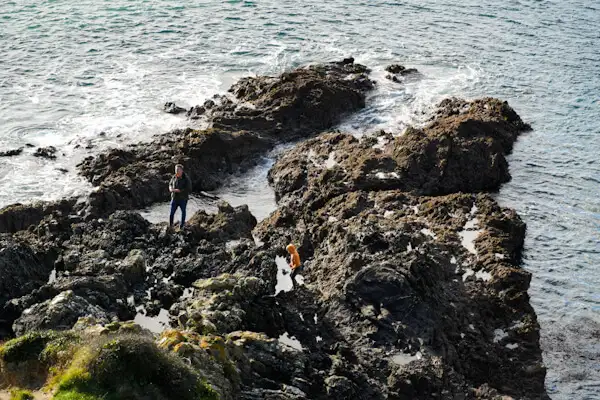
More interesting articles for Cornwall
TRURO – HEART OF CORNWALL
PLYMOUTH – GATEWAY TO CORNWALL
A trip through the north and west of Wales
First thoughts on winter camping in England and Ireland
Cover picture: Dramatic light at St Michael’s Mount in Cornwall (Photo: Ulrich Knüppel-Gertberg)